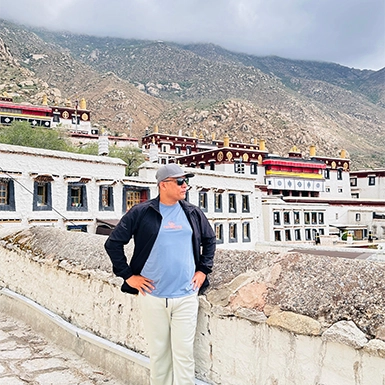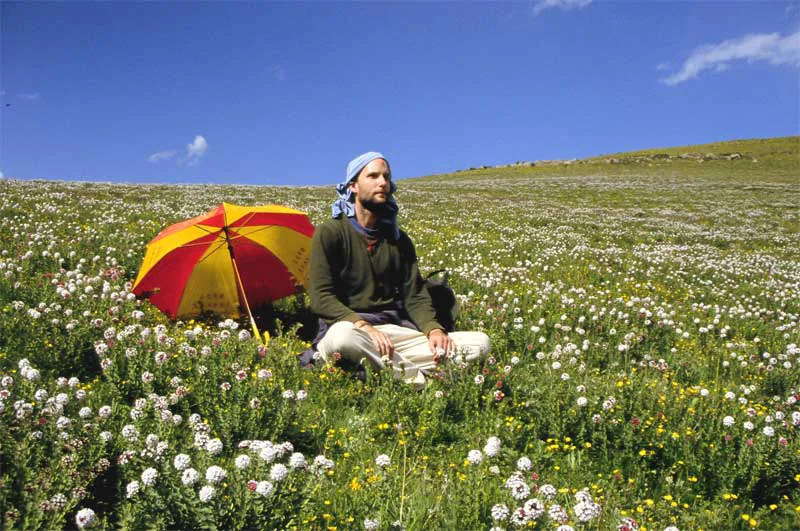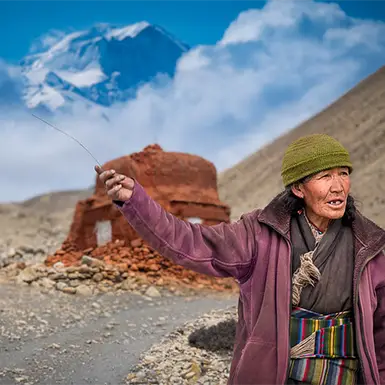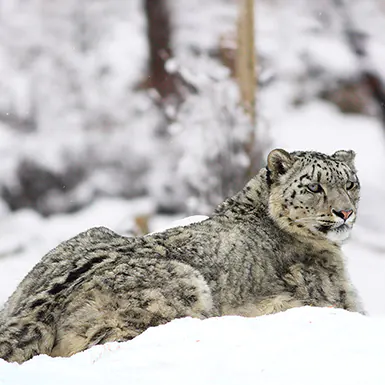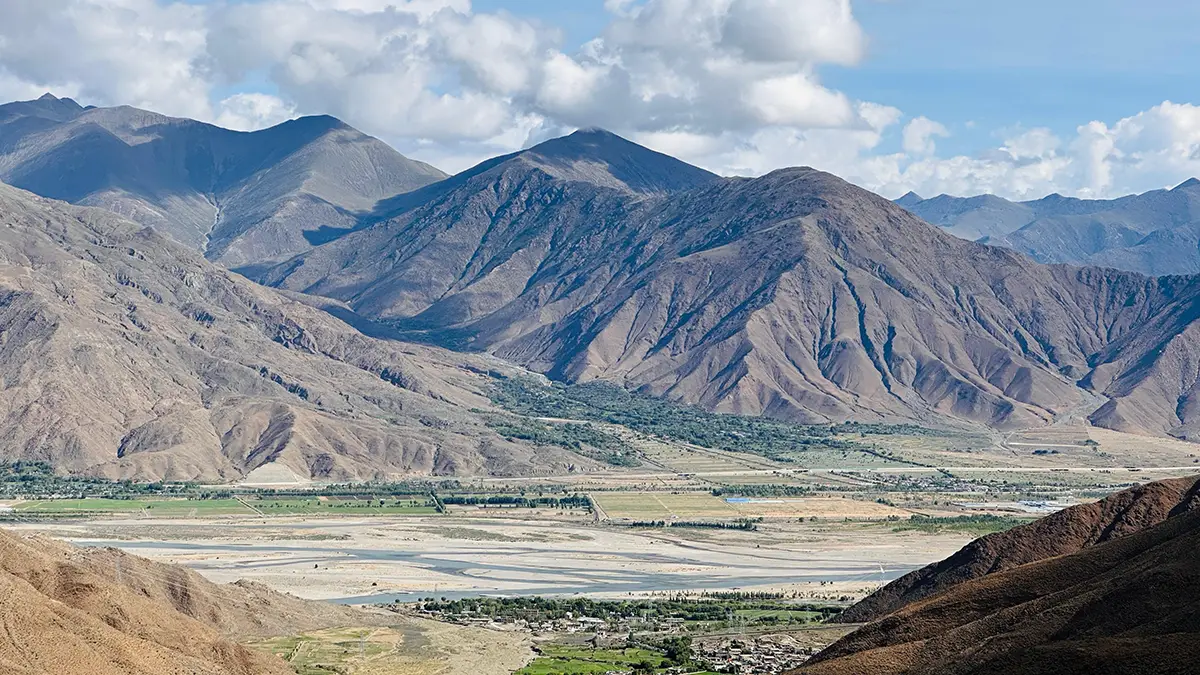Preservation and Tourism: Balancing Tradition with Modernity
The Sera Mey Monastery faces the challenge of balancing the preservation needs with the growing interest of tourists. Here’s a closer look at these aspects:
- Safeguarding a Legacy: There is a big push to keep Sera Mey Monastery intact. China has funded various projects to restore the buildings’ structural stability and safeguard murals and artwork. Tibetans involved in both local and international affairs make essential contributions. Endowments and programs facilitate this structure’s maintenance and its customs’ sustenance.
- The Impact of Tourism: The Sera Mey Monastery is a major tourist magnet due to its unique practices and exciting history. Tourism revenue is significant for the monastery’s upkeep and supplies. Controlling visitors’ movements is essential to avoid disrupting current religious activities.
- Respectful Exploration: Sera Mey Monastery Tours can be a valuable way to learn about the monastery’s history and traditions. Responsible tour operators ensure visitors dress modestly, maintain a respectful demeanor, and avoid loud or disruptive behavior during prayers and ceremonies.
- Balancing Needs: The Sera Monastery strives to balance preserving its sacred space and welcoming visitors. Religious functions restrict some areas, while designated areas are open for visitor exploration. Understanding these guidelines fosters a more enriching experience for everyone.
Witnessing the Debates
A captivating aspect of Sera Monastery Tours is witnessing the Sera Monastery Debates. These lively debates occur on weekdays (excluding Sundays and some holidays), typically around 3:00 pm in a designated courtyard. Visitors can observe from a respectful distance, gaining a glimpse into the intellectual heart of Gelugpa practice.
Conclusion
Seramatha stands as a testament to the enduring heritage of Tibetan Buddhism. This historic landmark transcends its architectural beauty, offering a vibrant center of monastic life, scholarship, and spiritual practice. Throughout this exploration, we’ve delved into the rich tapestry of the Sera Monastery’s story:
- A Center of Learning: Established in the 15th century, Sera Mey Monastery has long been a renowned Gelugpa University monastery. Its rigorous curriculum emphasizes Buddhist philosophy, scripture study, and the unique practice of debate, fostering intellectual inquiry and deep understanding.
- A Living Tradition: The daily lives of monks at Sera Monastery revolve around prayer, meditation, and studies. When you see these practices, you can see the heart of Tibetan Buddhist monastic life.
- A Cultural Gem: Sera Monastery is essential in preserving Tibet’s Buddhist heritage. The meticulous preservation of ancient scriptures and captivating debates ensures the continuation of centuries-old traditions.
- A Place of Inspiration: The Sera Monastery’s significance extends beyond Tibet. It is a source of inspiration for spiritual seekers worldwide, offering a window into the rich tapestry of Buddhist philosophy and practice.
Planning Your Visit
If you’re fortunate enough to visit the Sera Mey Monastery, remember these pointers for a respectful and enriching experience:
- Wear appropriate clothing and remain calm during prayers and ceremonies.
- Responsible tour operators can guide you through the monastery’s history and traditions.
- The Sera Mey Monastery Debates offer a captivating glimpse into Gelugpa’s intellectual practices. Observe from a respectful distance.
- Be mindful of photography restrictions in certain areas, and avoid using flash.

